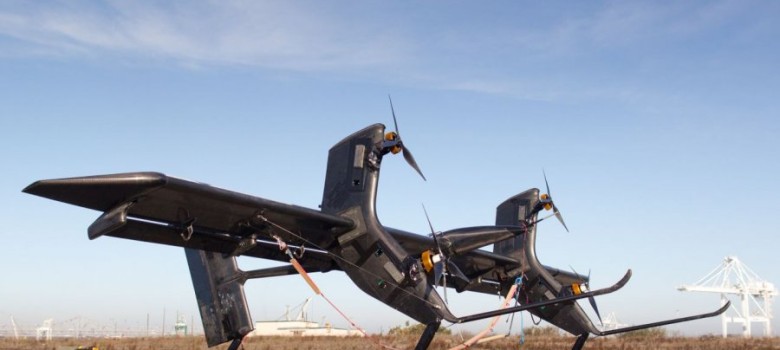
Airborne wind turbines
The total energy contained in wind is 100 times the amount needed by everyone on the planet. But most of this energy is at high altitude.
The average surface wind speed across Europe is 3 m/s (6.7mph). Most commercial turbines sit around 80m from the ground where the wind speed is almost 5 m/s (11.2mph). However at a height of 1000m, average wind speed rises to 9 m/s (20mph). Wind at these higher levels is also more consistent – so what does this all mean?
Well by doubling the wind speed from 5mph to 10mph, the power in the wind increases by a factor of 8. Increase the wind speed from 10mph to 100mph, the power increases 1000 times! So the effect of having the turbine at 1000m instead of at the surface means that the turbine will be in contact with wind 27x more powerful, but how do we harness it?
Airborne wind turbines – this high energy source of the future is of particular relevance to the UK, the Netherlands, Ireland and Denmark due to the high-speed jet stream.
How do wind kites generate energy?
Utility companies can tether giant kites up at very high altitudes (potentially miles up) where these high strength winds consistently blow. These kites pull with an enormous amount of force on their tethered cords, and this force can be used to spin the shaft of an electric generator stationed on the ground next to the anchor point of the kite, or spin a generator held up in the air. There are many types of wind kite; we discuss several designs below.
Kitegen is an Italian-based company. Its Airborne Wind Turbine (AWT) offering is based on a large foil ‘wing’. When the wind hits the kite it will spin out of a funnel attached to a pair of high resistance cables able to control the kite’s angle and direction. The kite is flown in a figure of eight trajectory pulling the lines out from a spool that coupled with a dynamo, produce current. A radar system can direct kites within seconds in case of any interference, for example birds or even light aircraft. When it has reached its maximum height, it is reeled back down in a controlled process to minimise the energy needed to retract the kite. Done correctly, the initial phase should generate approximately 5 times the power as spent reeling in the kite.
Makani Power are currently testing a 30kW mini prototype version of its AWT known as the M30; resembling a conventional propeller plane, this AWT is designed to operate to a maximum altitude of 110m. Also in the pipeline are the M600 (a 600kW) version and the M5 which is the commercially viable 5MW version that will have an operational altitude of 350-600m. The AWTs themselves are essentially conventional propeller planes, with the propellers acting to get the kite airborne, and then once in position the propellers work in reverse, spinning as the wind hits them acting as small electric generators, the electricity comes down the tether cable to the ground station. It was announced in May 2013 that Google has moved to acquire Makani Power under its Google [x] research arm.
Another company currently working on an AWT is Magenn Power. Magenn’s AWT product is know as MARS, which is a 100kw unit and is a tethered inflatable turbine held in position in the sky by helium, rotating about a horizontal axis. Following successful prototype model (a 10kw model in 2008), the MARs unit is about to enter commercial production. The MARs unit comes with a 750ft tether however it is possible to get an extension to 1500ft, and it is ideal for both remote locations or where existing electricity infrastructure is limited / missing. Pricing for the MAR model has not yet been finalised.
SkyWindPower favours a rotorcraft type Flying Electric Generator (FEG), resembling a tethered elementary helicopter, with four rotor blades each 5m in diameter capable of generating between 6 – 100 kW of power. The FEG will operate up to 2,000 feet where winds are stronger for better power production. The rotors spin in opposite directions, and when powered via electricity position the craft to the correct altitude. Once airborne the wind turns the motors, which acts to hold the AWT in position and produce electricity which travels down the tethered cable. Sky WindPower is at the final prototype phase and expects to be in production in late 2013 or early 2014.












If you want to join in with Airborne Wind Energy I publish open source hardware guidelines on making a flying wind turbine. Not even your weirdest friend charges their bike up by kite power. You can. I’m planning to produce and sell them soon too.
I m an AERO engineer.much interested in your concept.